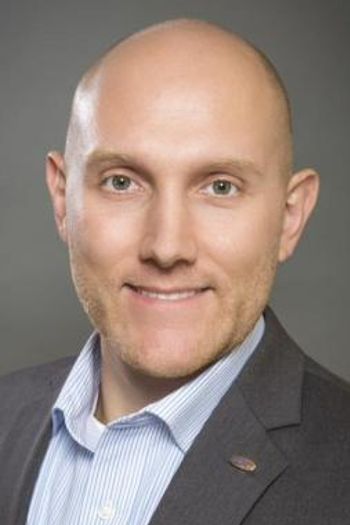
Reimagining rural care access
A unique cross-industry partnership may provide a blueprint and a way forward.
In Monroeville, Pennsylvania, a small town east of Pittsburgh, 79-year-old
Jackson and Downing are just two of more than
For many Americans—ACP recipients or otherwise—the internet is a primary gateway to navigate their personal health. From accessing lab results and seeking medical advice to
Rural Americans know all too well the challenges of health care access.
With sweeping
As a result, rural Americans rely on emergency rooms to address low-acuity conditions, such as a migraine, fever, or a common infection. While a short-term fix, unnecessary visits to the ER lead to a financial and operational strain to the tune of
For Americans living in digital isolation, a new approach to care delivery is needed to expand care access and to reduce ER strain. A unique cross-industry partnership may provide a blueprint and a way forward.
In the outskirts of Rochester, New York, an
The University of Rochester Medical Center (URMC) started with a question: if people live far away from a clinic or hospital, what’s an alternative access point that’s scalable, convenient, and does not require a strong at-home internet connection? The answer: telehealth stations located in community banks.
Local banks—trusted institutions deeply woven into the fabric of rural communities—provide an ideal location to bridge the geographic divide between rural patients and health care systems. By putting biometric-stations into banks, powered by on-demand virtual, residents of rural Seneca and Steuben counties can visit one of three bank locations to check key health indicators, such as blood pressure, and to conveniently speak to a provider online. A trip into town can now include picking up groceries, dropping off the mail and getting a prescription refill from a local bank. This approach illustrates how care can be made more convenient to offer some relief to rural Americans that are struggling to access baseline health care services.
While early, the partnership may provide a model that could extend far beyond the Finger Lakes region of New York. YMCAs, assisted living facilities, and other community fixtures may also prove to be ideal hubs for frontline care in rural and underserved communities, reducing the reliance on individual broadband internet and relieving pressures on ERs.
Bridging the access gap for rural Americans requires rethinking where and how health care can be accessed. It’s about extending virtual care beyond home computers and smartphones and into communities. But more than that, it requires leaders, just like those who piloted the URMC initiative, to truly understand the psychology of diverse communities and to find integrated solutions that address the specific needs of their towns and counties, and rural and urban patients.
Sometimes it’s the unlikely bedfellow that can flip outdated models. The future of rural health care lies in our ability to adapt, collaborate, and blend technology with practical action to create pathways that connect everyone to the care they need, regardless of their zip code.
Derek Streat is the CEO of
Newsletter
Stay informed and empowered with Medical Economics enewsletter, delivering expert insights, financial strategies, practice management tips and technology trends — tailored for today’s physicians.








